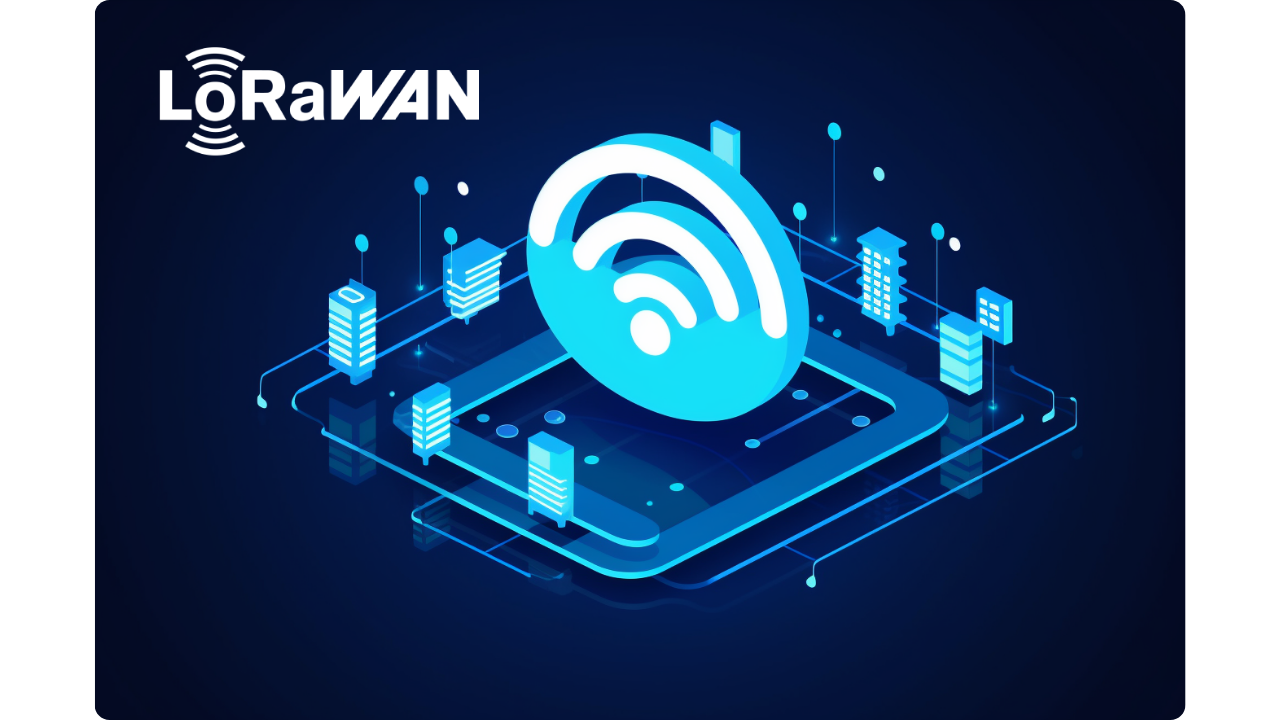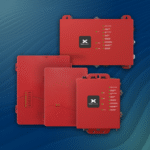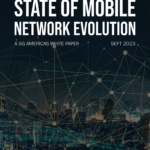
LoRaWAN (Long Range Wide Area Network) is a low-power, wide-area networking protocol designed to connect battery-operated devices to the internet over long distances. It utilizes the LoRa radio modulation technique, enabling devices to communicate efficiently in urban and rural environments. LoRaWAN is crucial for IoT applications requiring long-range, low-power connectivity.
How LoRaWAN Works
LoRaWAN operates in two key layers:
- LoRa Physical Layer: The radio modulation technique (Chirp Spread Spectrum) enables long-range communication, typically using unlicensed ISM bands.
- LoRaWAN Protocol: Built on top of LoRa, it defines network architecture and communication protocol. The system uses a star-of-stars topology, with gateways relaying data between end devices and a central network server.
Key Advantages of LoRaWAN
- Long Range: Urban range is 2-5 km, and rural areas can extend up to 15 km, minimizing infrastructure needs.
- Low Power Consumption: Devices can run on small batteries for up to 10 years, thanks to features like adaptive data rate and asynchronous communication.
- Cost-Effective: A single gateway can support thousands of devices, and the unlicensed spectrum avoids recurring fees.
- Security: LoRaWAN uses multiple encryption layers for secure data transmission, including network and application session keys.
LoRaWAN Device Classes
- Class A: Low power, ideal for periodic data reporting.
- Class B: Moderate power, supports scheduled downlink communication.
- Class C: High power, continuous communication for frequent command reception.
Real-World Applications
LoRaWAN is ideal for:
- Smart Cities: Smart parking, waste management, and street lighting control.
- Agriculture: Soil moisture monitoring, irrigation control, and livestock tracking.
- Industrial IoT: Equipment monitoring, predictive maintenance, and supply chain tracking.
- Utilities: Smart metering for water, gas, and electricity.
LoRaWAN Network Architecture
Key components:
- End Devices (Nodes): Sensors that transmit data to gateways.
- Gateways: Relay messages between end devices and the network server.
- Network Server: Manages routing, security, and duplicates.
- Application Server: Processes and displays data.
Public vs. Private Networks
- Public Networks: Operated by IoT providers, offering wide-area coverage.
- Private Networks: Deployed by organizations for full control over coverage and security.
LoRaWAN vs. Other LPWAN Technologies
Compared to NB-IoT, Sigfox, and Wi-Fi, LoRaWAN stands out for its long range, low power, and cost-effectiveness, making it ideal for IoT.
The Future of LoRaWAN
LoRaWAN is evolving to integrate with 5G, offer better geolocation, and support satellite connectivity, expanding its reach to remote areas.




